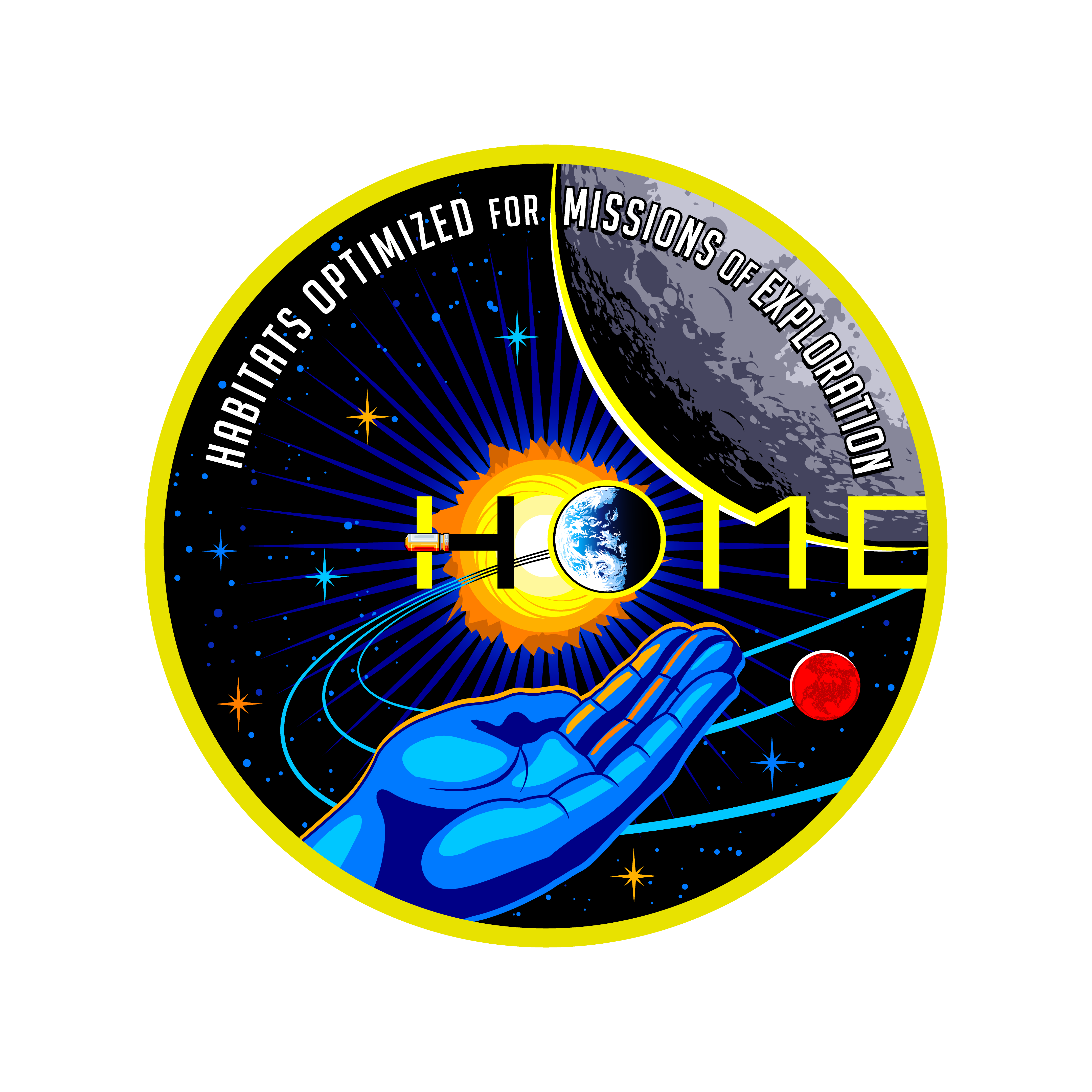
- CU Boulder
Assistant Professor
BIOSERVE SPACE TECHNOLOGIES
Office location: AERO N301
Education
PhD, Aeronautics and Astronautics, Massachusetts Institute of Technology, 2013
MS, Aeronautics and Astronautics, Massachusetts Institute of Technology, 2010
BS, Aerospace Engineering Sciences, University of Colorado, 2008
Professional Experience
2016 - Present, Assistant Professor, Aerospace Engineering Sciences, University of Colorado
2018 - 2018, Summer Faculty Research Fellow, Office of Naval Research, Naval Medical Research Unit
2015 - 2015, Visiting Assistant Professor, Aerospace Engineering Sciences, University of Colorado
2013 - 2015, NSBRI First Award Postdoctoral Research Fellow, Harvard Medical School
2013 - 2015, Research Affiliate, Man Vehicle Laboratory, MIT
2012 - 2013, Boeing Research Fellow, Man Vehicle Laboratory, MIT
2008 - 2013, Research Fellow, Charles Stark Draper Laboratory
Awards (selected)
Summer Faculty Research Fellow for the Office of Naval Research (ONR), 2018
Outstanding Mentor Award from the Undergraduate Research Opportunities Program, 2018
Selected for National Academies' Forum for New Leaders in Space Science, 2016
Stanley Roscoe Award for Best Doctoral Thesis from the Aerospace Human Factors Association, 2014
Research Interests
Astronaut biomedical and cognitive issues, aerospace human factors, human sensorimotor/vestibular function and adaptation, interaction of human-autonomous systems, mathematical models of spatial orientation perception and motion sickness, pilot spatial disorientation, artificial gravity, human-in-the-loop experiments
Related News
CU Boulder researching ways to improve astronaut safety during future Moon landings
Return to research: Improving astronaut health for next gen space missions
Seminar: Astronaut sensorimotor impairment and artificial gravity - Sept. 4
Artificial gravity breaks free from science fiction
CU Boulder part of new NASA institute on space habitat design
